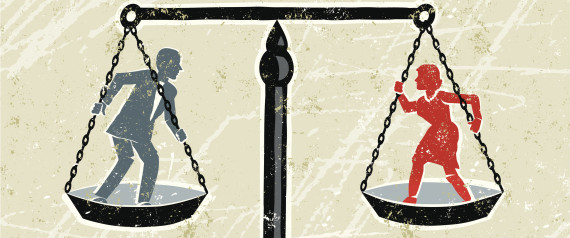Beloved by Toni Morrison is a piece of literature that incorporates strong perspectives on a story of former slave, Sethe, and the life changing event she was forced to face that haunts her every day and brings the story together. As a mother who had to kill her own daughter, Sethe travels a path of pain that brings her into conflicts with the world of womanhood. Looking at the story as a whole through a feminist lens, the reader can see that as a woman Sethe feels inclined to repair the distress of her daughter because she feels it’s her duty to protect her as a mother. However, while Sethe is focused on protecting her daughter Beloved, she hurts herself and others emotionally and physically.
Sethe killed her daughter Beloved in order to protect her from getting taken away by her side. She preferred Beloved be dead before being forced into slavery. In Sethe’s head, this was an act of love and protection. Barbara A Schapiro states ”How can a child see self or mother as subjects when the society denies them that status? The mother is made incapable of recognizing the child, and the child cannot recognize the mother...When she[Sethe] becomes a mother herself, she is so deprived and depleted that she cannot satisfy the hunger for recognition”(The Bonds of Love and the Boundaries of Self in Toni Morrison’s “Beloved”). Sethe fears that if Beloved becomes a slave, she wouldn't recognize her as a mother and that it would make Beloved feel unloved and not important or of value. This drives Sethe to fear the loss of recognition and serves as a main factor in the murder of Beloved. What society saw as an atrocious act of a crazy slave, Sethe saw as Beloved’s way of escape from a life of distress and acts upon it believing it was out of love. It takes her time to realize she committed a crime against her daughter and that things were going to change from then on. But, when she realizes Beloved was not at peace with being killed, Sethe starts to feel guilt and lives with the haunting burden of what she did. This goes to show that women get emotionally attached to their children, and in Sethe’s case will do the unspeakable in order to protect their child. However, ironically Sethe’s motherly love leads to the death of her daughter and does not allow her to leave the path of guilt, that causes her many problems and hurt in her life as well as the life of others.





